
Definition of Strabismus
Strabismus is a condition that affects the eyes due to an imbalance of the muscles of the eye that causes misalignment between both eyes. Check out our previous post HERE for more information on strabismus.
Causes for Strabismus
To break it down, strabismus can be caused by any condition affecting the muscles of the eyes, nervous system and brain. The following conditions are associated with or may cause strabismus:
1. GENETICS
Family history is important in physical traits and disease inheritance. Strabismus inheritance is complex and may involve multi-gene mutations or patterns of inheritance leading to the condition. Stay tuned for an in-depth look at how genetics affect strabismus inheritance.
2. Brain Injury
Traumatic brain injuries leading to structural changes and even nerve damage may cause injury to anatomical structures that ultimately affect the eye and the eye muscles. Concussive injuries are under investigation in regards to their association with strabismus, as some injuries may be noted to cause even transient strabismus.
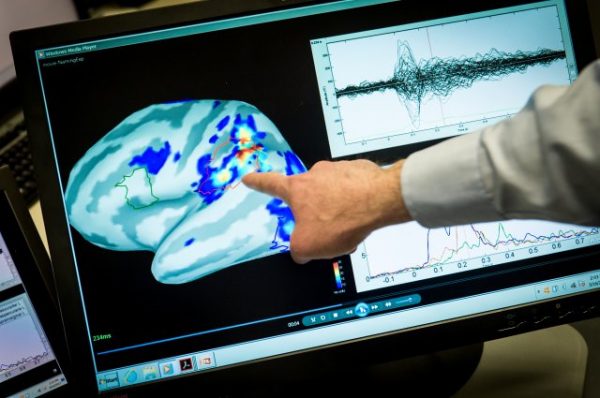
3. Stroke
Arteries supply the brain with oxygenated blood and nutrients, which are integral to its function. When an artery is occluded (ischemic stroke) or ruptures (hemorrhagic stroke) the brain loses its essential supply and the surrounding tissue is damaged and affected. Unfortunately, this occur anywhere in the brain and may directly affect structures associated with the eye leading to blindness, strabismus, etc.
4. Age
According to Yale Medicine, advancing age can be a factor in adult onset strabismus. The thought processes is that advancing age can over time cause weakness to muscle structure leading to an imbalance in the ocular muscles and thus ocular misalignment. Another thought is children with strabismus who recover form the condition and obtain ocular alignment regress with age back to misalignment due to loss of muscle tone.
5. Cranial Nerve Palsies
Cranial nerves are the nerves of the central nervous system (brain). There are a total of 12 cranial nerves, but four are responsible for vision and eye movement. The optic (I) nerve, oculomotor (III) nerve, trochlear (IV) nerve and the abducens (VI) nerve are responsible for the eye, with III, IV, and VI dictating eye movements. Head injury, stroke, tumors, and demyelinating disorders may directly affect these nerves resulting in ocular misalignment.
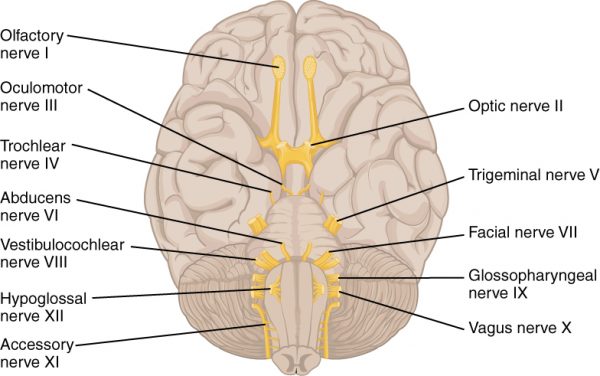
IN SUMMATION
There are many conditions that affect the function and alignment of the eyes, as listed above. Yale Medicine also notes “…other health problems as circulation or neurological problems can lead to strabismus. Mini-strokes, diabetes and hypertension can impair the circulation to the muscle or to the nerves that control them.’’ Therefore it is important to address strabismus, especially new onset strabismus for any potential underlying disorders.

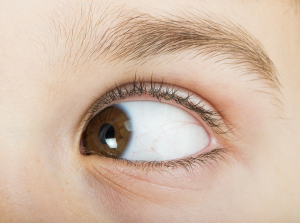
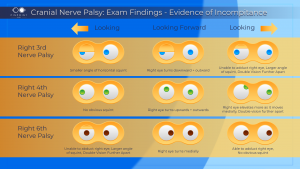
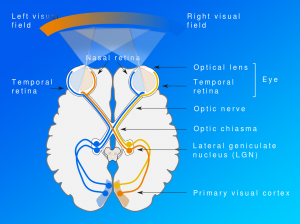
Pingback: What is Strabismus and What Causes It? | PinpointEyes